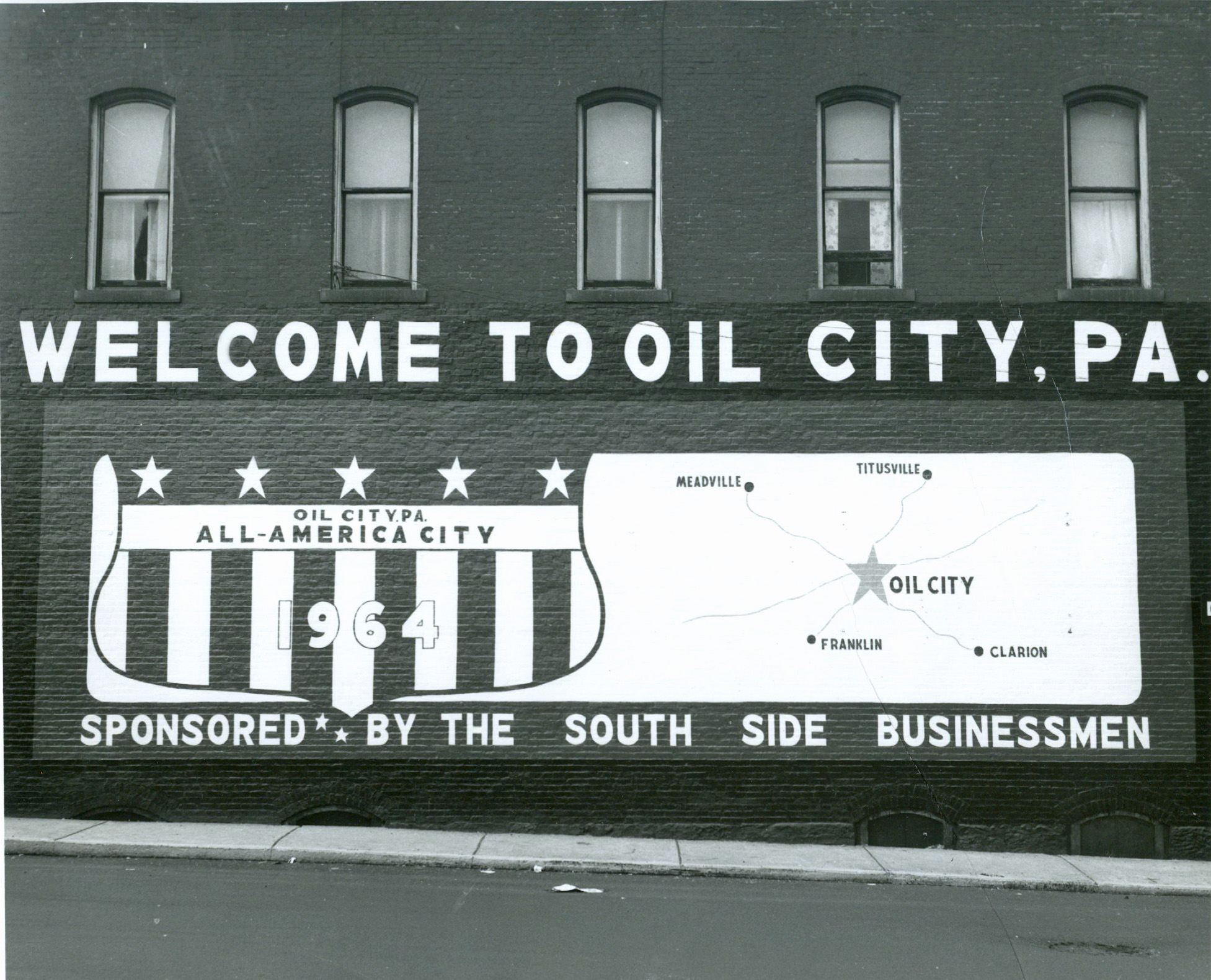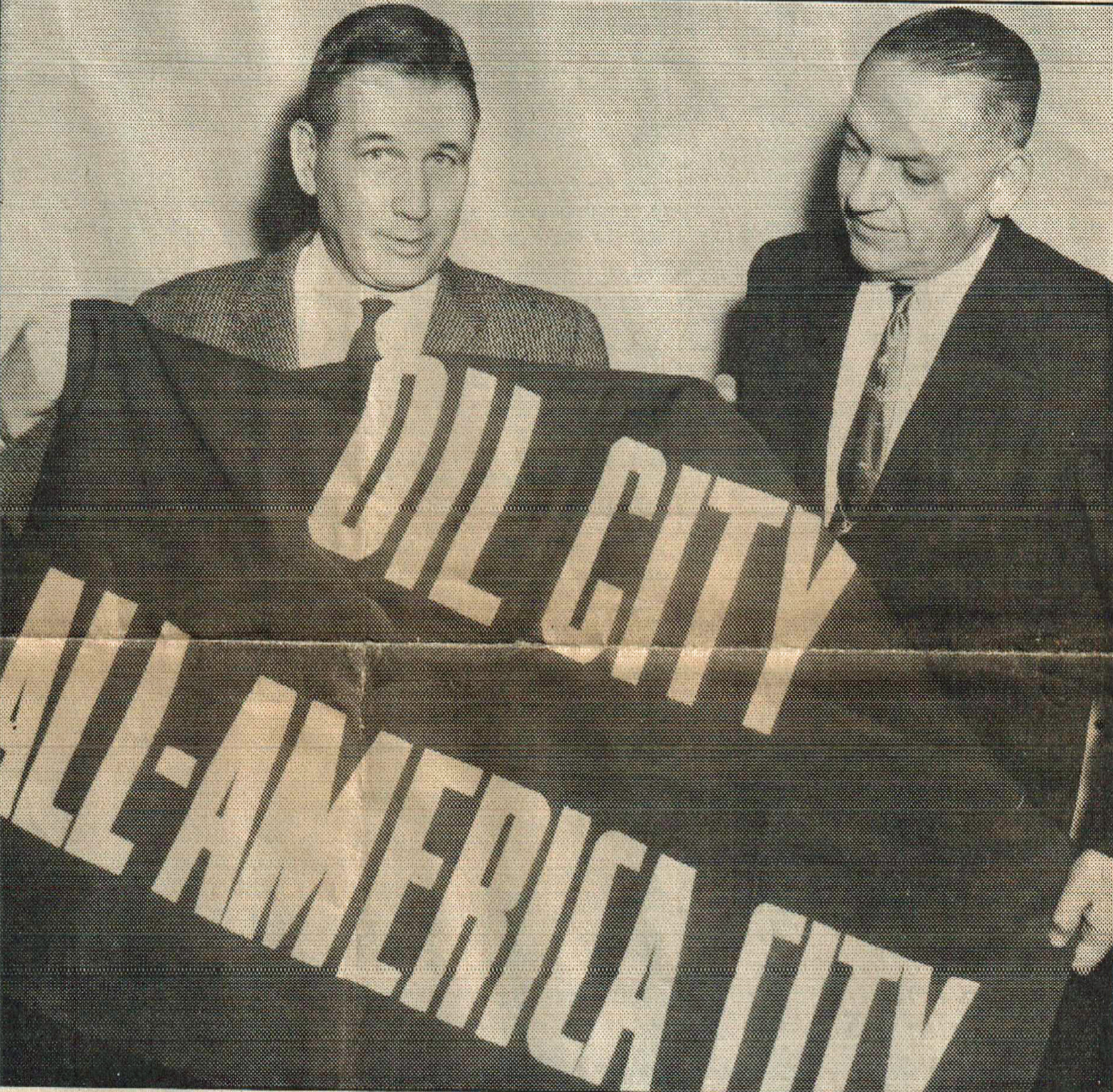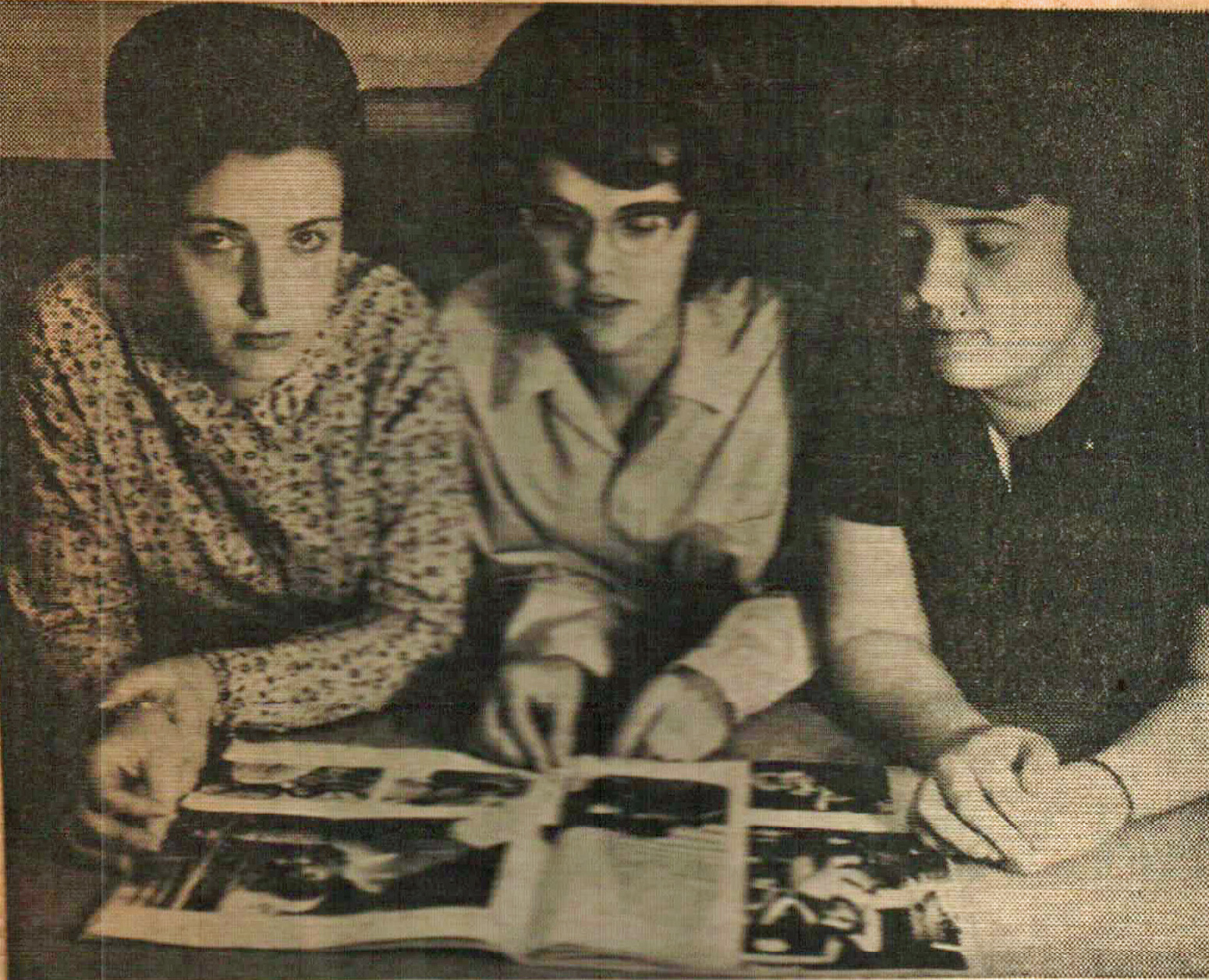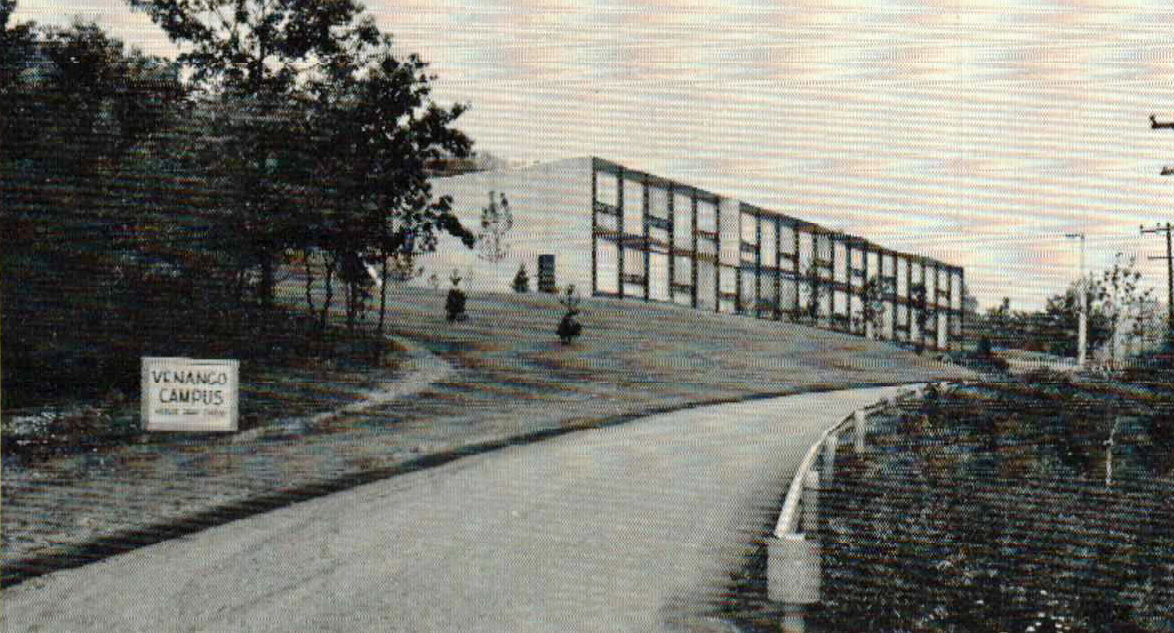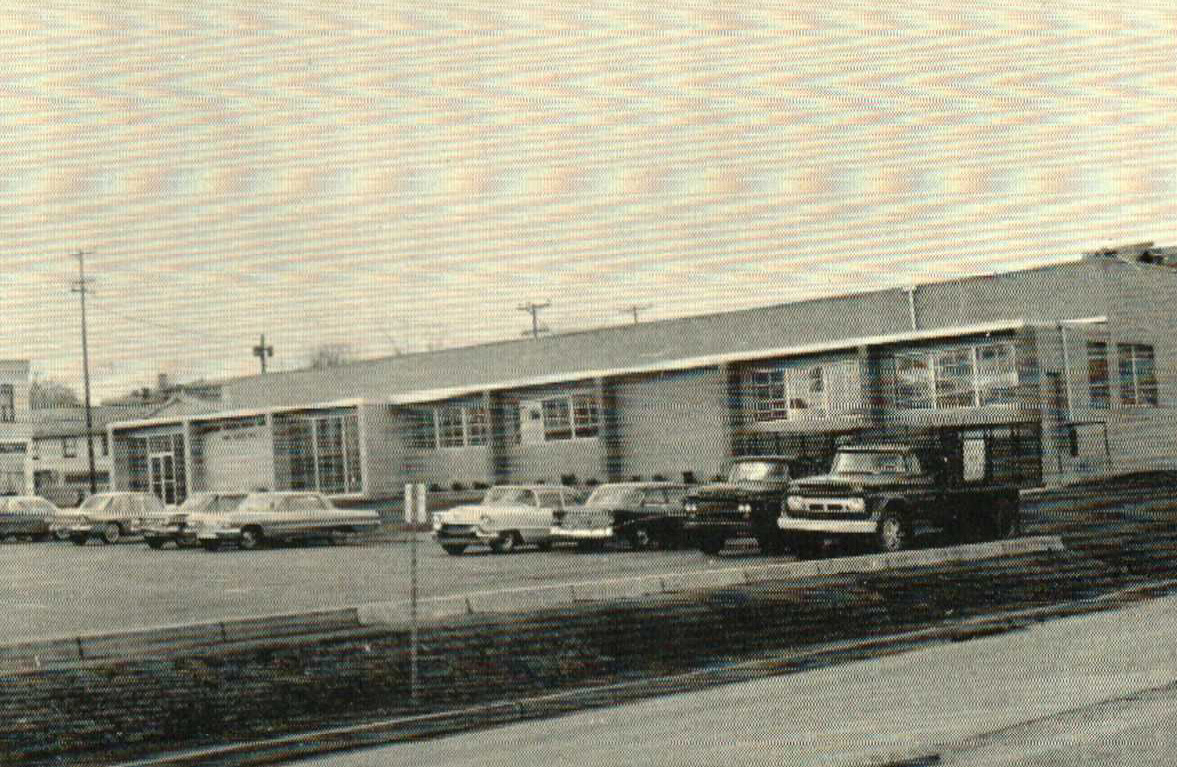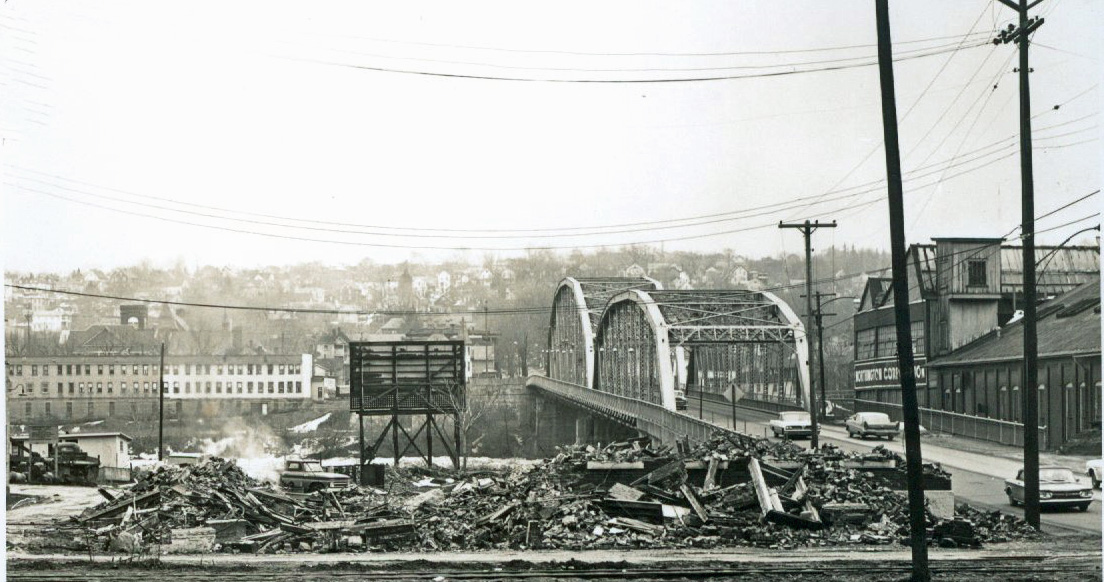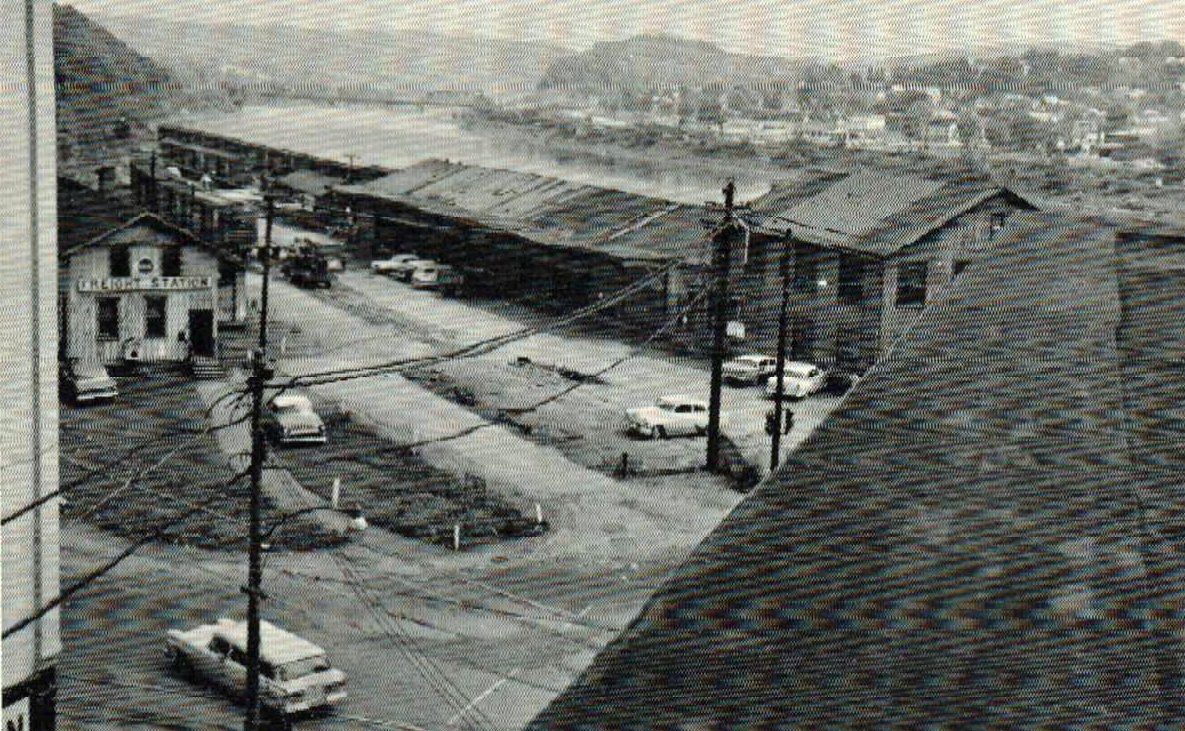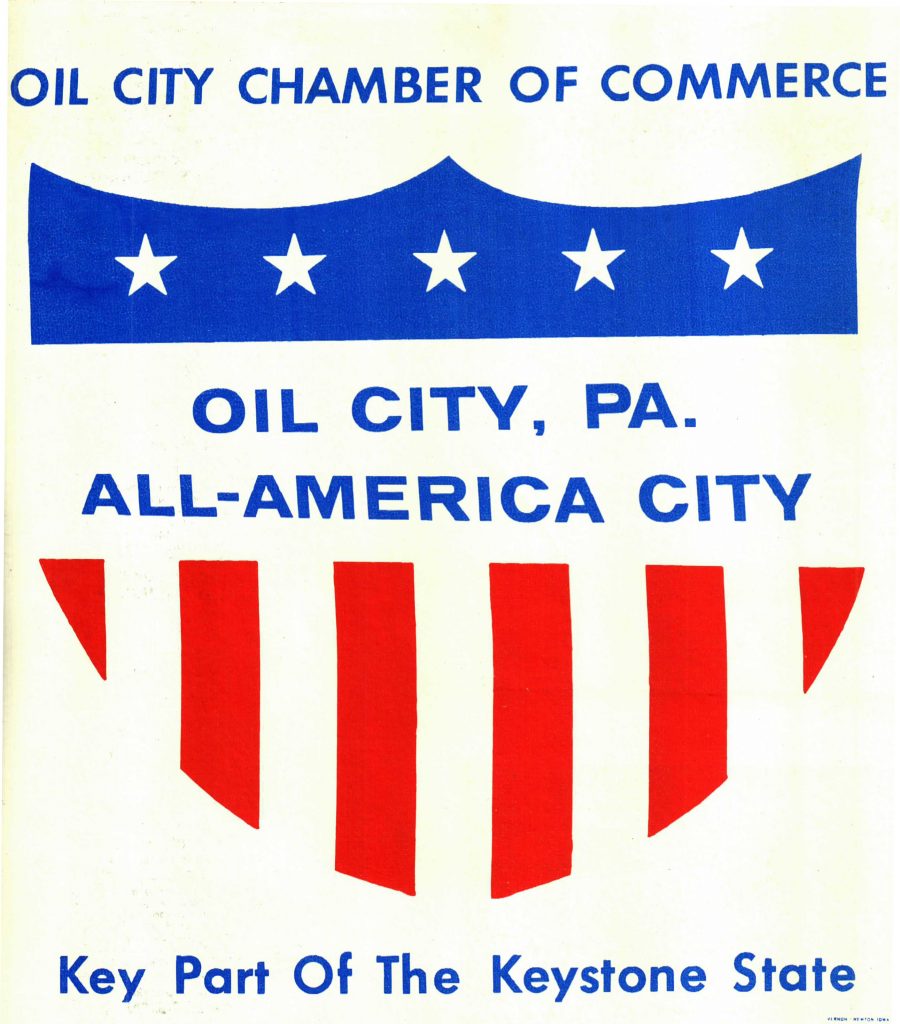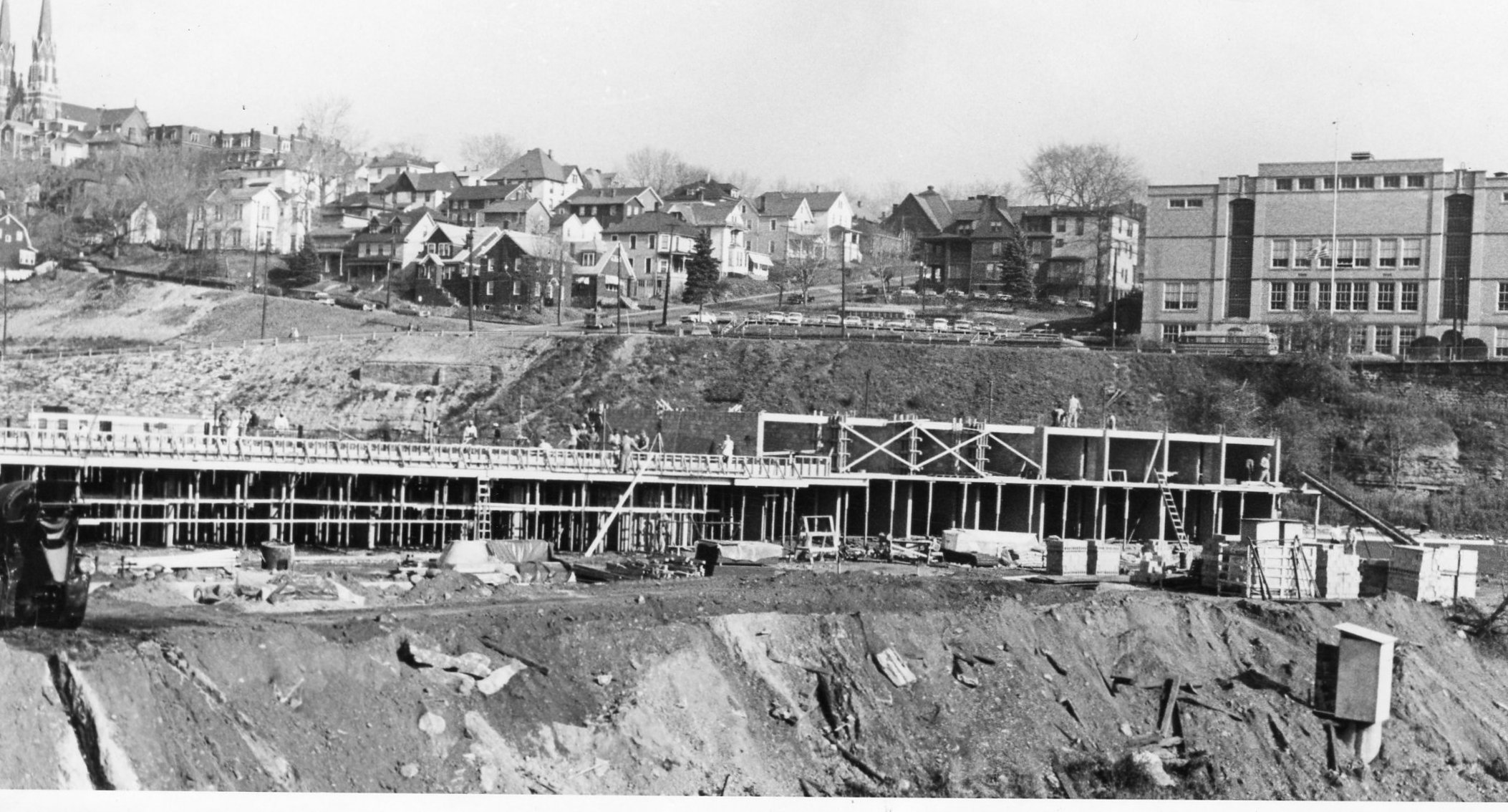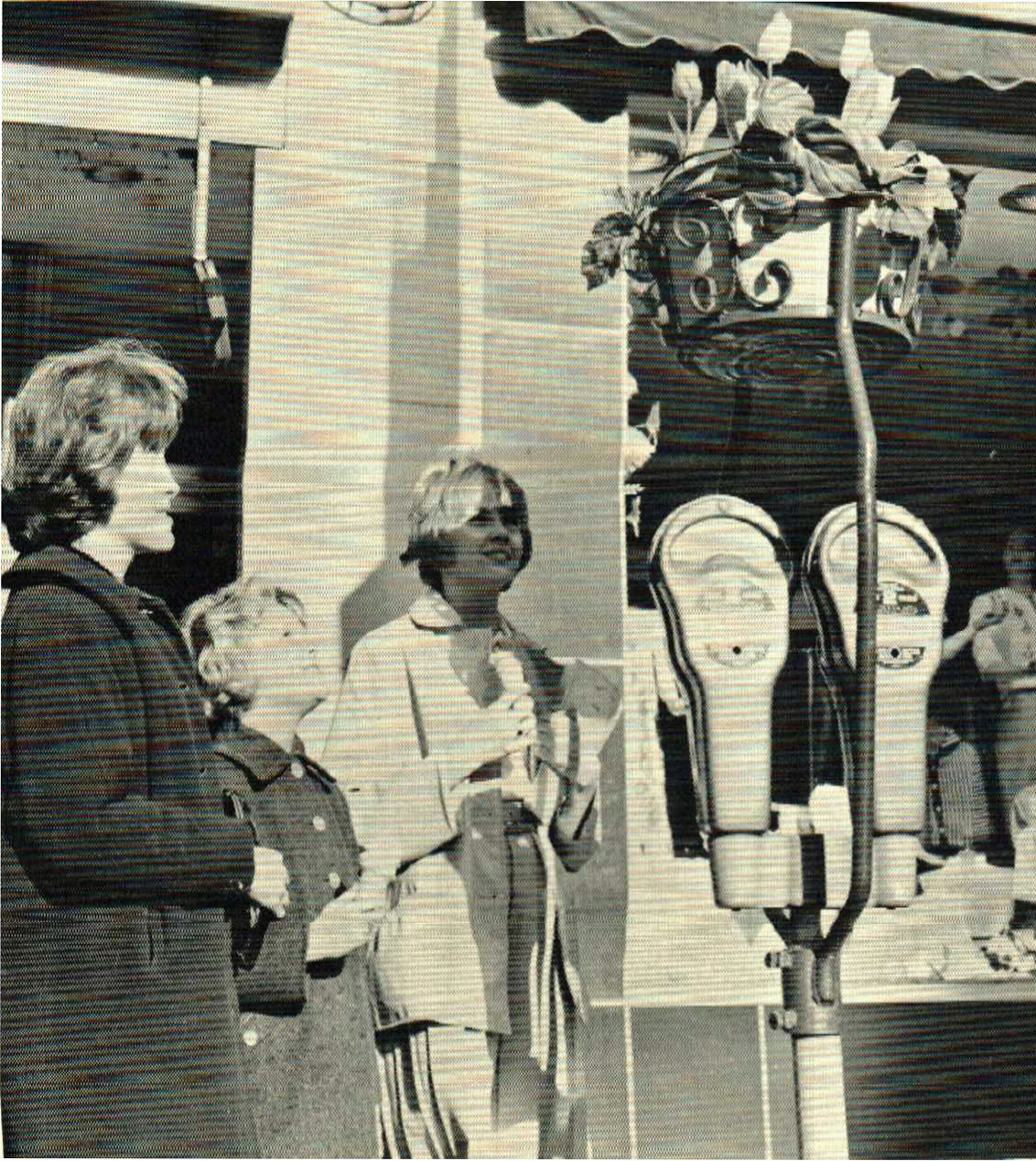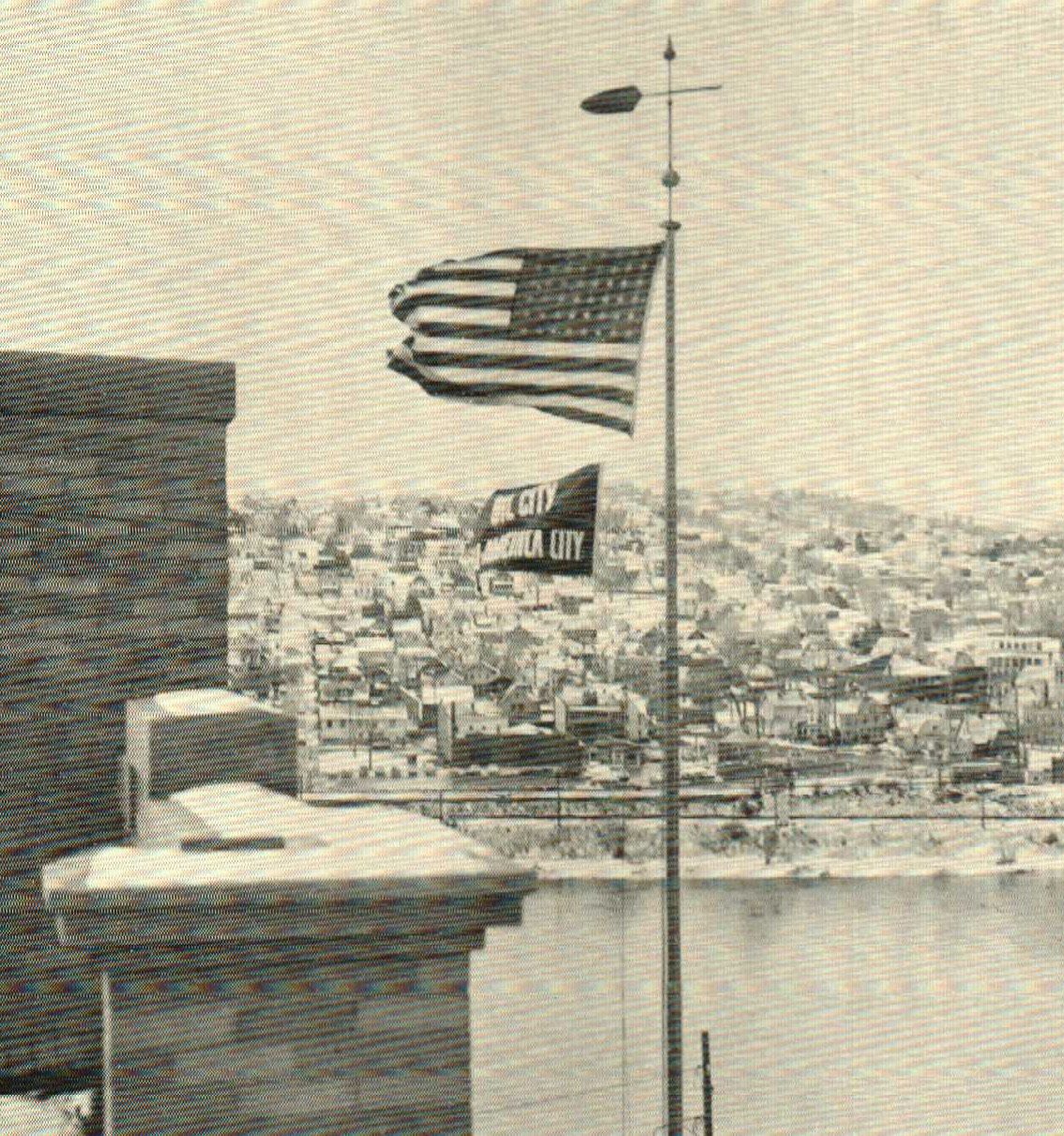All-America City
- Judy Etzel
- April 29, 2022
- Hidden Heritage
- 3806
The City of Oil City enjoyed a time of unprecedented growth and incredibly good fortune for most of its early history.
Known as the Hub of Oildom, the community luxuriated in its prosperity brought on by an expansive class of wealthy residents, a sizzling business economy, an expanding population and a top-tier cultural atmosphere.
And then, it changed.
That change came after World War II as men and women who had served in the war came back to a town they believed was dying. Factories were outdated. The city’s commercial districts were aged and deteriorating. People were leaving to find jobs elsewhere.
A combination of civic pressure and worries about the future prompted a huge movement to change course. Those efforts were successful and yielded not only a sizzled-up city but a new title: All-America City.
The year was 1963 and the event was the submission of a nomination to claim an All-America City status from two national sponsors: the National Municipal League (a citizens’ organization for better government) and Look Magazine (a weekly magazine with worldwide circulation).
Die or Fight
In a speech delivered before the All-America City Award Jury on Nov. 19, 1963, city officials minced no words when laying out specific woes facing their community for more than 15 years:
- A loss of population at the rate of 1 percent per year.
- A loss of over 1,300 jobs.
- 75 percent of the manufacturing plants in the city were obsolete.
- World dominance by its oil industry had been lost.
- Not one highway over 30 feet in width entered the city, not one major throughway existed within 56 miles of the city limits.
- 40 percent of its downtown business district structures were substandard.
- Neither private nor municipal profit was being reinvested in capital improvements.
- The absence of a once-wealthy patronage that provided for cultural, aesthetic and charitable needs.
- Abuse of the inherent natural beauty by man’s economic endeavors.
What does a city do when this happens? It can die or plan an orderly retreat or fight for survival. Oil City chose to fight.
Robert J. Albertson, City Manager for Oil City, prepared the nomination papers to enter the city in the 1963 All-America City competition.
The nomination was chalked full of details outlining how citizens had rallied on behalf of their community, home to just over 18,000 citizens.
“Spontaneously, the citizens reorganized into one cohesive force … and began the process of defining community problems,” wrote Albertson.
In addition, the Oil City Chamber of Commerce “brought pressure on city government to respond to problems and objectives as defined,” wrote Albertson.
The accomplishments realized by those efforts from 1946 to 1963 included:
- Elimination of 132 blighted structures.
- Closeout of one, execution of a second and initiation of a third redevelopment project. The project costs totaled about $5.5 million and the work renewed about 75 percent of the downtown area.
- A two-year accredited college, Venango Campus, was built with the community raising more than $400,000 to pay for it.
- Flood protection measures were taken.
- An in-training nursing residence was built at a cost of $905,000.
- Some $1,850,000 in hospital improvements were made with 83 percent of the cost paid by public donations.
- Industrial development resulted in the establishment of seven new industries, saving two others and “regaining 700 of the 1,300 jobs lost since 1956”.
- City residents raised $331,000 to develop an industrial park. It was successful, with industrial assets of $2.3 million and a yearly payroll of $2 million.
- In the city, work was completed on a new sewage treatment plant. Some $1.5 million was invested in water system improvements.
- City beautification work included the construction of a new fountain, plantings at parking lots, new flags and holiday decorations.
- Improvements were made to the Splane Airport to the tune of $500,000.
- Old railroad freight yards were removed from the downtown.
- Planning was underway for new highways.
- Parking facilities were upgraded at a cost of $315,000.
- The city’s comprehensive plan was updated.
The impetus to launch a city-wide revitalization effort began with Oil City veterans returning from World War II, wrote Albertson. They were “dissatisfied with things as they were,” he said, and discouraged by “small piecemeal methods of attacking the city’s major problems.”
In tackling the issues, Oil City now has “the most comprehensive, in-depth program of total renewal of any community anywhere outside the metropolitan cities,” wrote Albertson.
“It was prompted by the sheer and stark confrontation with a choice between the will to survive, or death,” Albertson wrote in the nomination. “Decline of a tax base. Decline of industry. Physical deterioration of the municipal plant and community in general. As against this was a love of the community on the part of its many citizens and a recognition of the values it stands for, and the way of life it represents – human and social values eminently worth saving and enhancing.”
There were some obstacles to overcome as to persuading some residents to sign on to the city-wide efforts, said Albertson.
“Citizen morale was the chief obstacle in the beginning. Also, skepticism over the magnitude, the scope and boldness of the program and the revolutionary new concepts it embraces,” wrote the city manager. “… Citizens’ morale now is well out of the depths of defeatism and skepticism diminishes with the materializing of each new project.”
In his nomination papers, Albertson noted that “No major problems now exist in the city as such. …What problems now exist are problems that go beyond the jurisdictional limits of the city, requiring area and regional action. Transportation, highways, [and] recreation are a few of the major area problems to be solved”.
DID YOU KNOW?
On April 17, 1946, radio stations affiliated with the Mutual Broadcasting System across the U.S. saluted station WKRZ of Oil City for becoming the 300th station to join the network.
To mark the honor, WKRZ sponsored a special radio show, “The 300 Show,” that night in the Oil City High School auditorium. It was broadcast coast-to-coast.
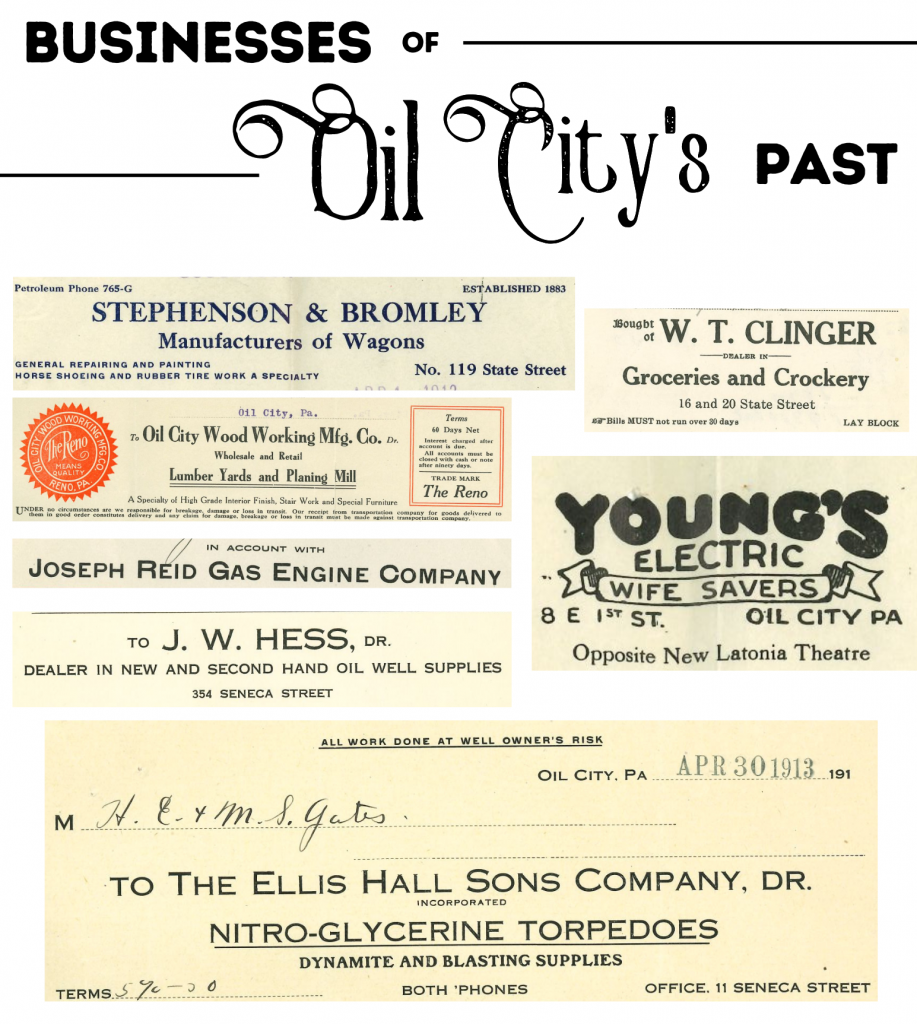
Written by Judy Etzel with research by Kay Dawson and design by Natalie Cubbon.
HIDDEN HERITAGE IS SPONSORED BY:
Oil Region Alliance
Gates & Burns Realty
Support This Project
Donations to the library are appreciated to help offset printing costs & make this project possible! Want to become a sponsor? Email us at promotions@oilregionlibraries.org to get started!
Make a Donation
